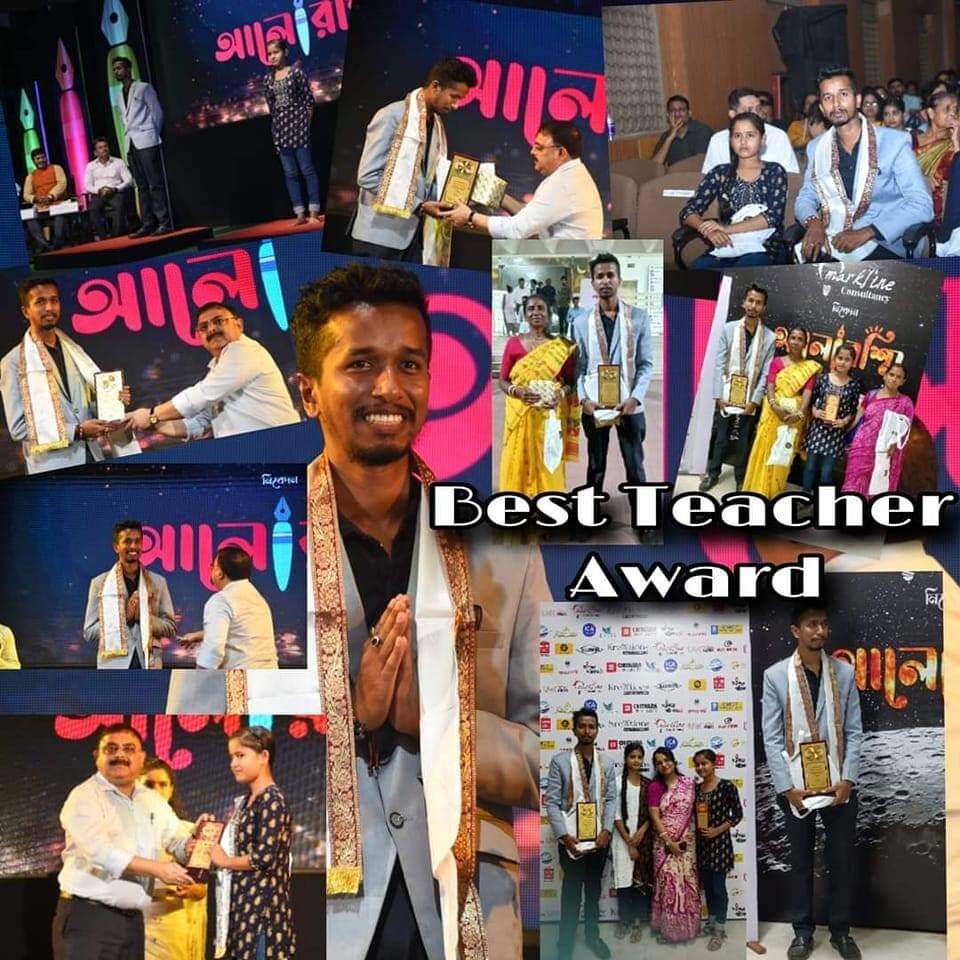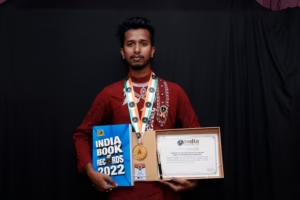Comprehensive Question Set on ICSE Class 9 Pollination and Fertilization
Check 1
Section 1: Association Task
Link the elements from Column I with the correct counterparts from Column II:
| Column I | Column II |
| Stigma with an extended feathery structure | Wind-pollination |
| Asynchronous maturation of anthers & stigma | Dichogamy |
| Elephant-assisted pollination | Rafflesia |
| Nectar-producing flowers | Entomophilous |
Section 2: Fill in the Blanks
Provide appropriate terms to complete the statements:
- The process involving the transfer of __________ is termed pollination.
- The two main types of pollination are __________ and __________.
- Self-pollinated flowers do not require being __________ or visually attractive.
- For effective self-pollination, __________ and __________ should mature simultaneously.
- Self-pollination does not lead to __________ variations.
- __________ pollination often results in a considerable amount of __________ wastage.
Check 2
True or False
Indicate whether the statements are true or false:
- The intine forms the outer layer of the pollen grain.
- The zygote develops into an embryo.
- The ovule eventually forms the fruit.
- Some fruits retain dry sepals after maturation.
Multiple Choice Questions
Choose the correct option:
- The exine and intine are components of:
- A) Embryo sac
- B) Pollen grain
- C) Stigma
- D) Seed
- Which feature is typical of self-pollinated flowers?
- A) Large, visually striking flowers
- B) Flowers that remain closed
- C) Synchronization of stigma and anther maturation
- D) High pollen production
- Pollination where pollen from the same flower lands on its stigma is termed:
- A) Geitonogamy
- B) Autogamy
- C) Homogamy
- D) Allogamy
- Which condition promotes self-pollination?
- A) Homogamy
- B) Herkogamy
- C) Dichogamy
- D) None of these
- Pollination by birds is called:
- A) Entomophily
- B) Anemophily
- C) Ornithophily
- D) Elephophily
- Identify a bird-pollinated flower:
- A) Bougainvillea
- B) Vallisneria
- C) Bignonia
- D) Rafflesia
- Which flowers attract insect pollinators?
- A) Wind-pollinated
- B) Water-pollinated
- C) Insect-pollinated
- D) Elephant-pollinated
- The male inflorescence of maize is referred to as:
- A) Cob
- B) Ear
- C) Tassel
- D) Silk
- Wing and keel petals are characteristic of:
- A) Pea plants
- B) Vallisneria
- C) Maize plants
- D) Dahlia
- Which is not a component of the embryo sac?
- A) Generative nucleus
- B) Antipodal cells
- C) Polar nuclei
- D) Synergids
Very Short Answer Questions
- Identify the primary pollinator for each plant:
- Dahlia: (Crow, butterflies, mosquito)
- Maize: (Bees, locusts, rain, wind)
- Vallisneria: (Wind, water, ants, rabbits)
- Fill in the blanks with suitable terms:
- The transfer of pollen grains to the stigma of the same flower is termed __________.
- The difference in maturation times of gynoecium and androecium is known as __________.
- __________ is a classic example of water-pollinated flowers.
- Match the items from Column A with Column B:
| Column A | Column B |
| Generative nucleus | Pollen tube |
| Germ pore | Endosperm nucleus |
| Exine | Testa |
| Secondary nucleus | Fertilization |
| Integument | Male nuclei |
| Egg nucleus | Rough |
- Specify the parts of the ovary that develop into:
- Seed
- Fruit
- Fruit wall
- Provide single terms for the following:
- A flower with both reproductive organs.
- The arrangement of flowers on a stem.
- Pollination where pollen reaches its own stigma.
- Differing maturation times in reproductive parts.
- Unequal growth of stigma and anthers promoting cross-pollination.
- Pollination facilitated by insects.
- Pollination facilitated by birds.
Short Answer Questions
- Define the following:
- Ornithophily
- Elephophily
- Artificial pollination
- Explain the terms:
- Pollination
- Herkogamy
- Cleistogamy
- Emasculation
- Fertilization
- What transformations occur after fertilization in:
- Ovules
- Calyx
- Petals
- Stamens
- Mention two floral adaptations that support cross-pollination.
Long Answer Questions
- Differentiate between the following:
- Autogamy and Geitonogamy
- Homogamy and Dichogamy
- Protandry and Protogyny
- Entomophilous and Anemophilous flowers
- Advantages of self and cross-pollination
- What are the benefits of the following features for a plant?
- Long, feathery stigma
- Brightly colored petals
- Lightweight, smooth pollen
- Exposed, movable anthers
- Fragrant nectar
- Discuss the pros and cons of cross-pollination.
- Describe the role of the pollen tube with an illustrative diagram.
Structured/Application Questions
- Analyze the diagram of a flower process and answer:
- (a) Identify and define the process.
- (b) State the technical term for it.
- (c) Provide two plant examples.
- (d) Mention advantage and disadvantage.
- (e) Identify two agents involved.
- Examine the diagram of a germinating pollen grain and respond:
- (a) Name the parts labeled 1 to 5.
- (b) Where and how does pollen germination occur?
- (c) What is the role of part ‘4’?
- (d) What happens to part ‘5’ during germination?
- Review the fertilization diagram and answer:
- (a) Identify parts labeled 1 to 6.
- (b) What occurs to (i) the ovary and (ii) the ovule post-fertilization?
- (c) Explain the function of synergids.
- (d) What is the role of stigma in fertilization?






